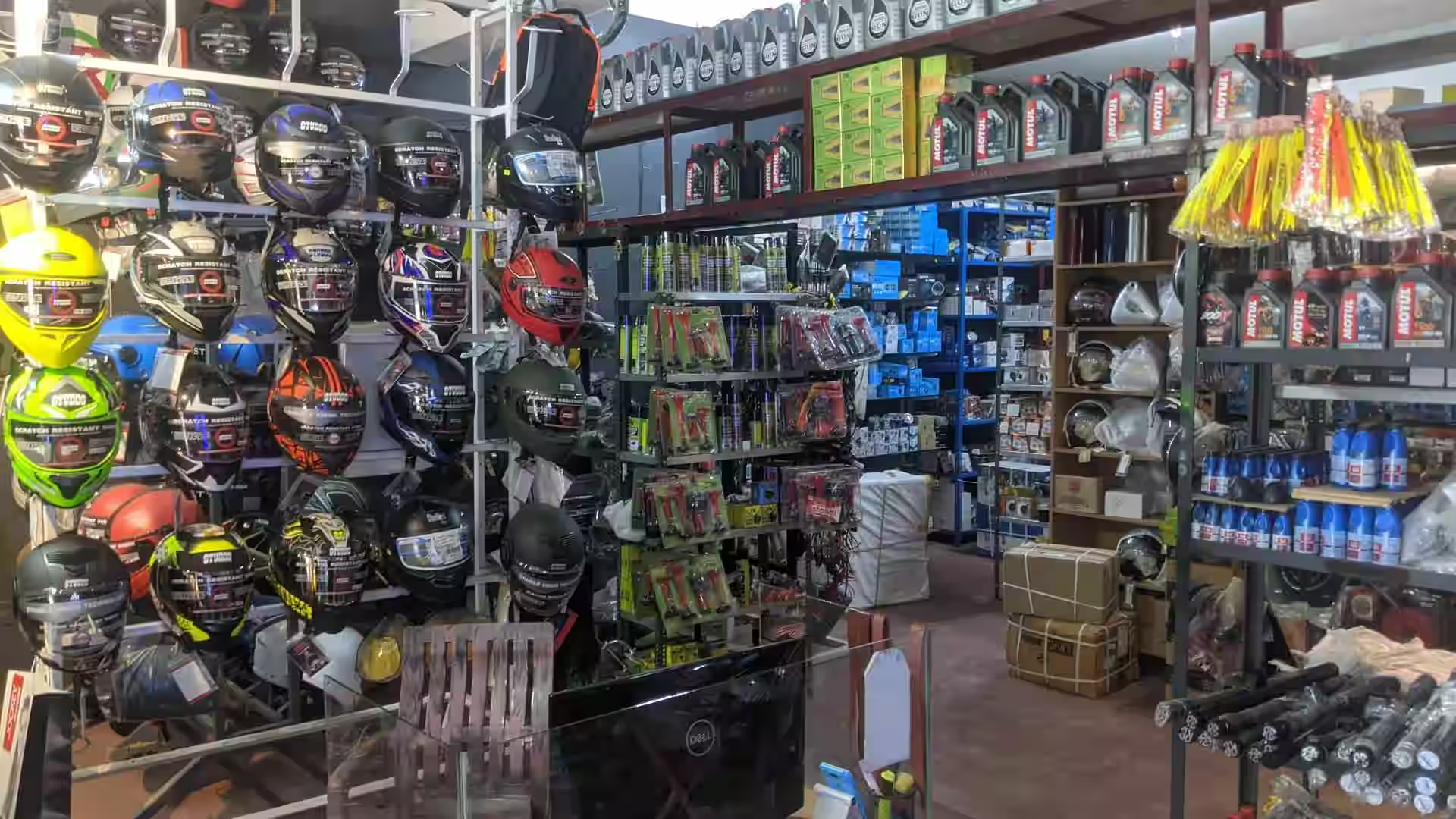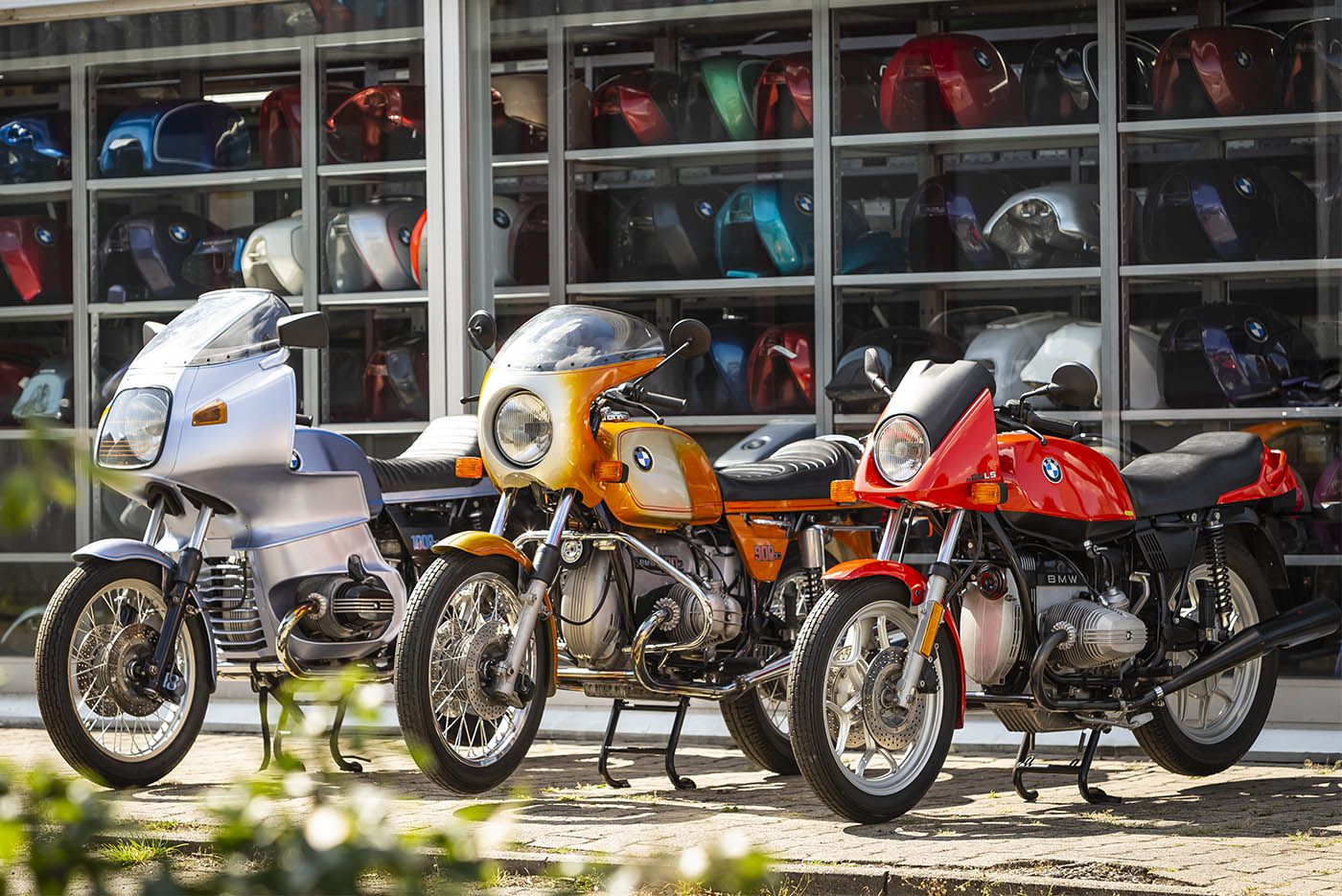Discover the most recent Motocross Gear NZ for every single Level of Rider
Understanding the Vital Parts of a Motorbike: A Comprehensive Overview for Fanatics
For motorbike fanatics wanting to boost their riding experience and guarantee their bikes run smoothly, understanding the essential components of a bike is paramount. Each element, from the engine's detailed operations to the important duty of the stopping devices, not just impacts performance however likewise security and comfort. This guide will go through the basic components that every motorcyclist ought to be familiar with, allowing educated options in both upkeep and possible upgrades. As we start this exploration, one must ask: just how does each part connect to develop the seamless adventure every enthusiast looks for?
Engine Parts

The camshaft plays a critical function in managing the timing of the engine's shutoffs, making certain the precise opening and closing required for effective fuel and air consumption, as well as exhaust expulsion. This timing is vital to preserving optimum engine efficiency and efficiency. In addition, the carburetor or gas shot system, depending on the bike model, is accountable for blending air with gas in the appropriate ratio for burning.
The air conditioning system, either air or liquid-based, works to preserve the engine's temperature within operational limits, avoiding overheating and guaranteeing long life - motorbike shop. Each element, meticulously designed and incorporated, adds to the smooth operation of the engine, specifying the motorbike's power result and overall efficiency
Transmission System
Essential to the bike's capability, the transmission system guarantees effective power transfer from the engine to the wheels. This system consists of numerous important elements, consisting of the clutch, gearbox, and last drive, each playing an important role in translating the engine's power right into motion. The clutch, generally operated by a hand lever, offers to involve and disengage the engine from the transmission, permitting smooth gear adjustments and controlled velocity.
The transmission, typically referred to as the transmission appropriate, contains a set of gears that riders can manually shift via to adjust the bike's speed and torque result. These equipments are prepared in a sequence that makes it possible for the bike to accelerate smoothly and maintain optimum engine performance across numerous rates. Many motorcycles use a consecutive gearbox, requiring the motorcyclist to move gears in a predetermined order.
Braking Mechanisms
While recognizing the transmission system is key to using a motorbike's power, similarly crucial is the ability to manage and stop that power efficiently, which is where stopping mechanisms enter into play. Brakes are critical for safety and security and performance, supplying the rider with the needed control to navigate various terrains and conditions. Usually, motorcycles include two kinds of braking systems: disc brakes and drum brakes.
Disc brakes are a lot more common in modern-day motorbikes because of their premium efficiency. They are composed of a brake disc, caliper, and pads. When turned on, the caliper squeezes the brake pads versus the spinning disc, converting kinetic energy right into heat, therefore slowing the wheel. This system provides far better warmth dissipation, regular performance, and improved quiting power, specifically in wet conditions.
On the other hand, drum brakes, though less typical, are still located in some motorbikes. They function by pressing brake check over here shoes versus the internal surface of a drum affixed to the wheel. While usually much less effective in heat dissipation and quiting power, drum brakes are simpler and extra cost-effective.
Recognizing these braking systems' subtleties permits cyclists to maintain their motorbikes correctly and value the design that guarantees risk-free and reliable stopping.
Suspension and Steering
Suspension and guiding systems are crucial elements that substantially influence a motorbike's handling and experience convenience. The shock absorber, consisting of forks at the front and shock absorbers at the back, takes in road abnormalities, improving security and control. Front forks, upside Our site down or generally telescopic, compress and rebound to reduce effects, while back shock absorbers maintain tire call with the roadway, vital for grip and safety.
Guiding, centered around the handlebars, attaches the rider to the motorbike's directional control. The guiding head bearings guarantee smooth operation, allowing precise maneuverability. Appropriate placement and upkeep of these bearings are vital for foreseeable steering feedback and decreasing motorcyclist exhaustion.
The suspension's adjustability is another essential aspect; preload, damping, and rebound setups permit personalization to match various riding styles and conditions. This flexibility is important for optimizing efficiency, whether navigating urban roads or dealing with tough routes. Advancements like electronic suspension systems provide real-time changes, improving trip top quality throughout varied surfaces.

Electrical Equipments
After ensuring a controlled and smooth adventure via efficient suspension and guiding systems, focus turns to the electrical systems, a pivotal element of contemporary motorcycles. These systems play a critical function not only in starting the engine yet likewise in powering various components that enhance the capability and safety and security of the bike.
At the heart of a motorbike's electrical system is the battery, which shops electrical power required for starting the engine and powering supporting systems - mx parts nz. The alternator or generator, paired with the rectifier-regulator, makes certain the battery continues to be billed while the motorcycle functions, transforming power into electrical power and keeping voltage degrees
The ignition system, another essential part, is liable for firing up the air-fuel mixture in the engine's cyndrical tubes. Modern motorbikes usually use an electronic ignition system, offering greater effectiveness and reliability contrasted to typical systems.
Illumination systems, including headlights, tail lights, and see post indications, are likewise crucial, making certain presence and safety and security for the cyclist. Added digital elements such as sensors, control units, and presents add to sophisticated features like fuel shot monitoring, anti-lock stopping systems (ABDOMINAL), and digital control panels, additionally improving the riding experience.
Verdict
A detailed comprehension of a motorcycle's crucial elements, consisting of the engine, transmission system, braking mechanisms, suspension, guiding, and electric systems, is essential for fanatics aiming to enhance convenience, safety, and performance. Proficiency of these components permits educated choices concerning upkeep and upgrades, inevitably enhancing the riding experience. By integrating this expertise, riders can ensure their bikes run at peak efficiency and dependability, therefore optimizing both enjoyment and longevity of their cars.
For motorcycle lovers looking to raise their riding experience and guarantee their bikes run smoothly, comprehending the crucial components of a motorbike is vital.Integral to the motorcycle's capability, the transmission system makes sure effective power transfer from the engine to the wheels.While comprehending the transmission system is vital to taking advantage of a motorcycle's power, just as essential is the capacity to control and quit that power efficiently, which is where stopping mechanisms come right into play. Usually, motorbikes include 2 types of braking systems: disc brakes and drum brakes.
An extensive comprehension of a motorbike's vital elements, consisting of the engine, transmission system, stopping systems, suspension, steering, and electrical systems, is essential for enthusiasts aiming to optimize efficiency, convenience, and security.